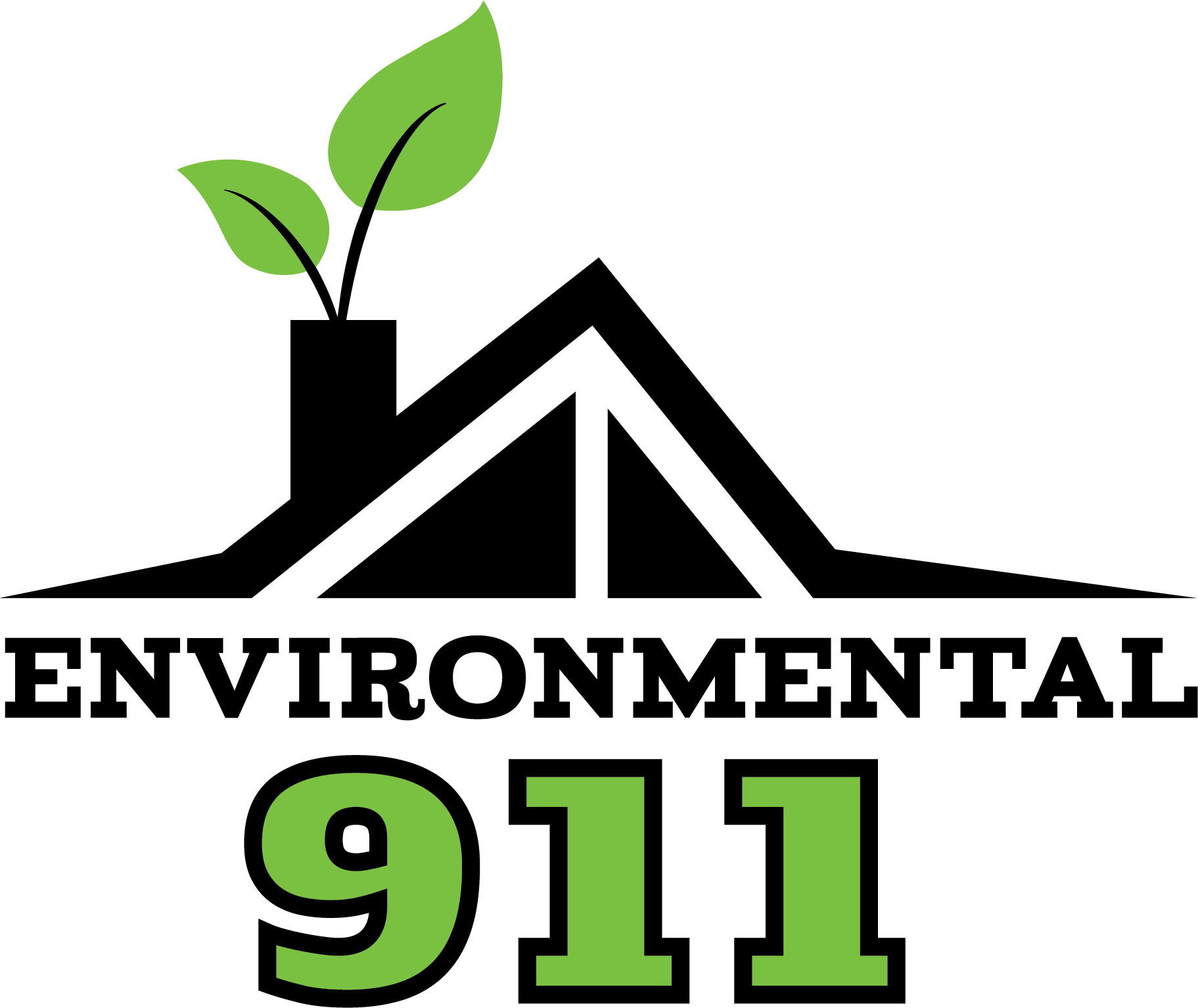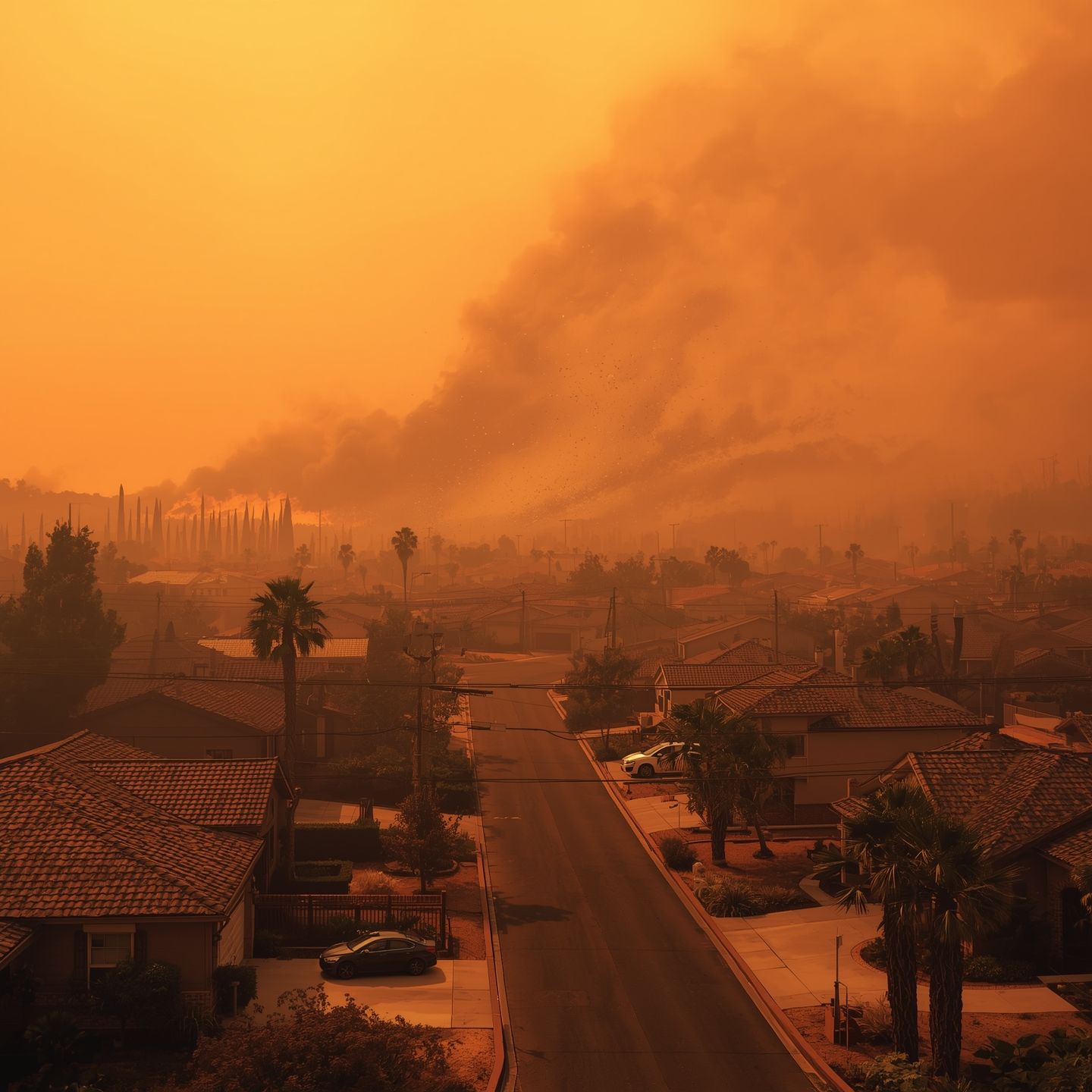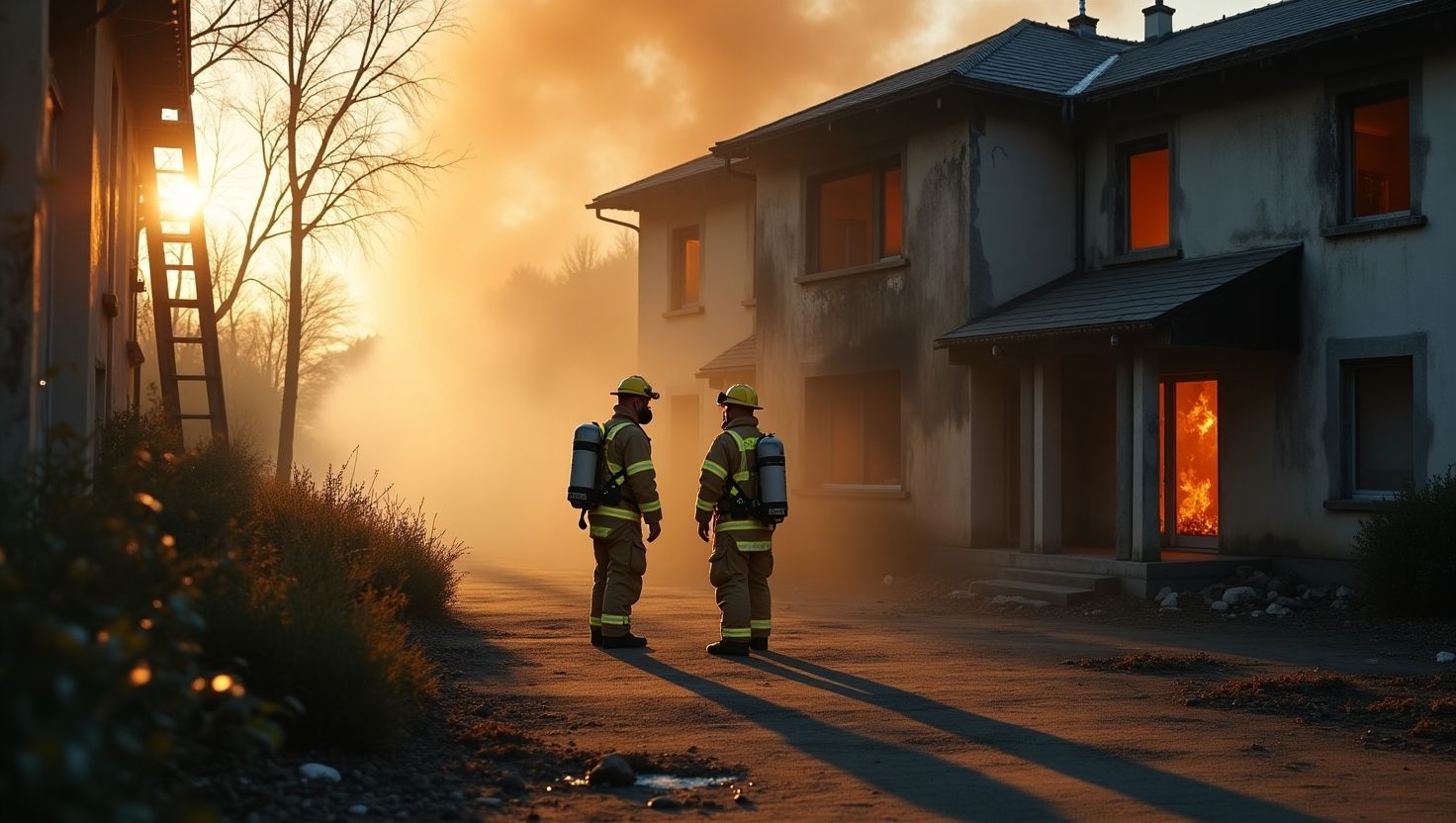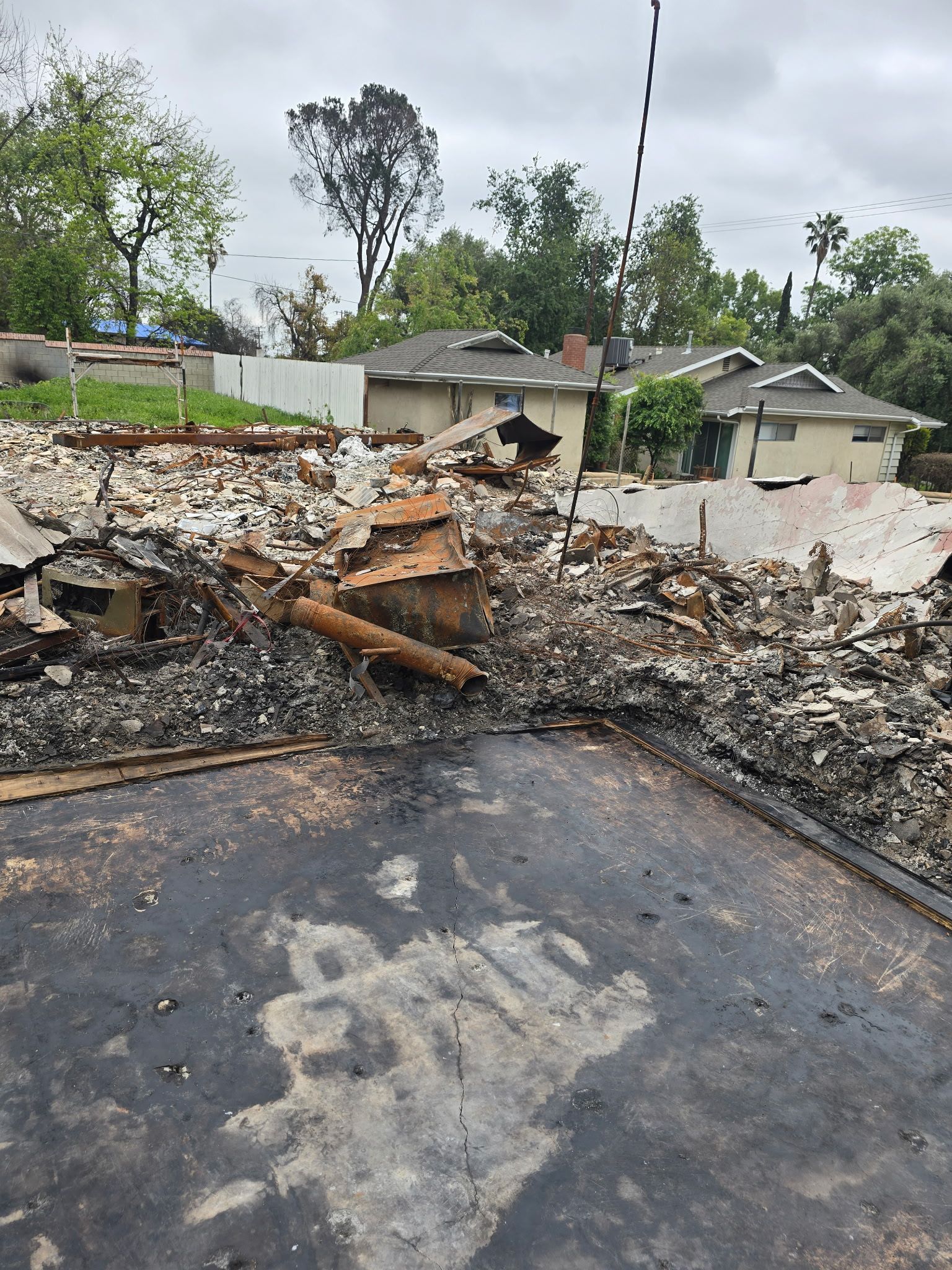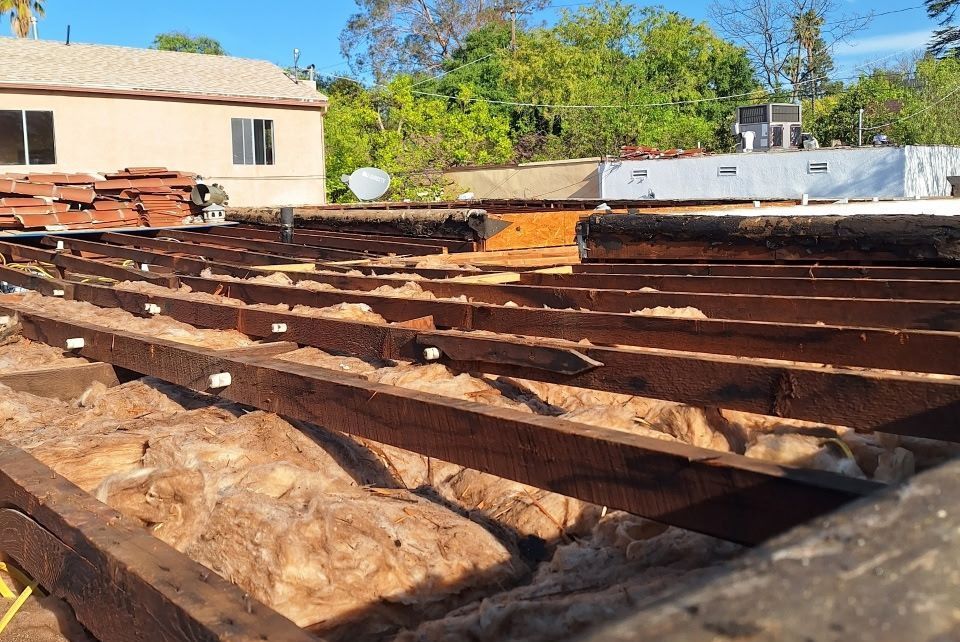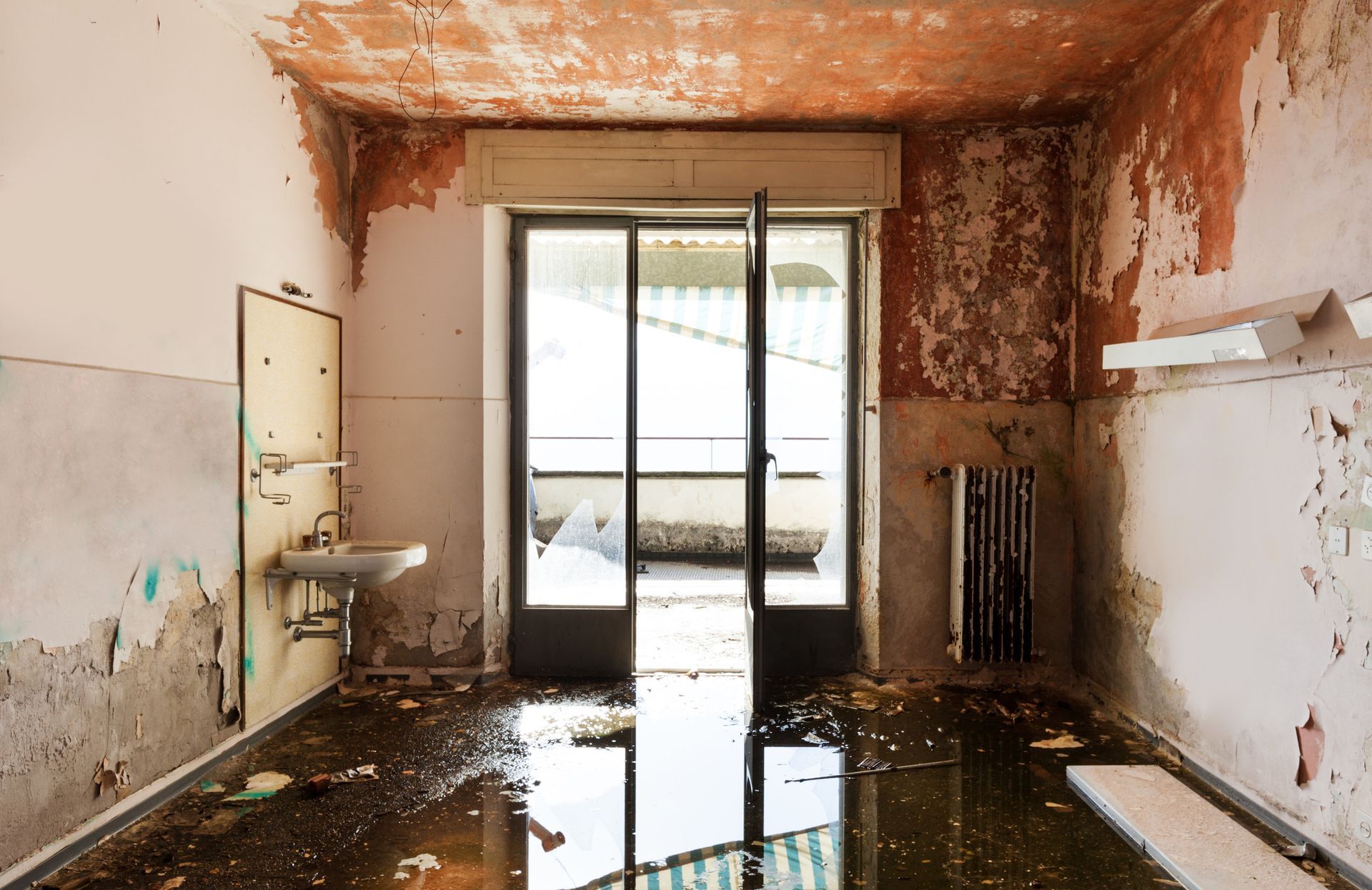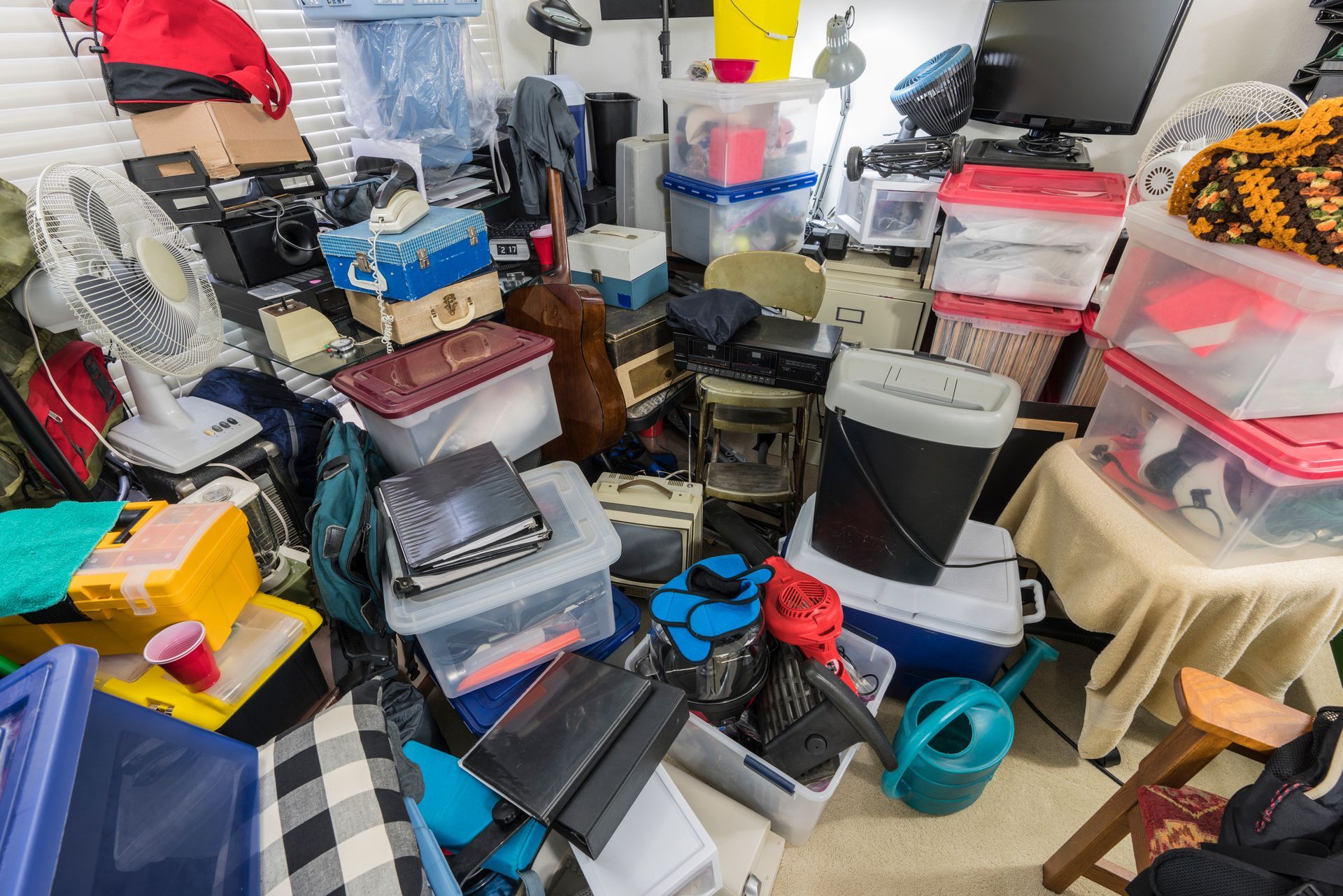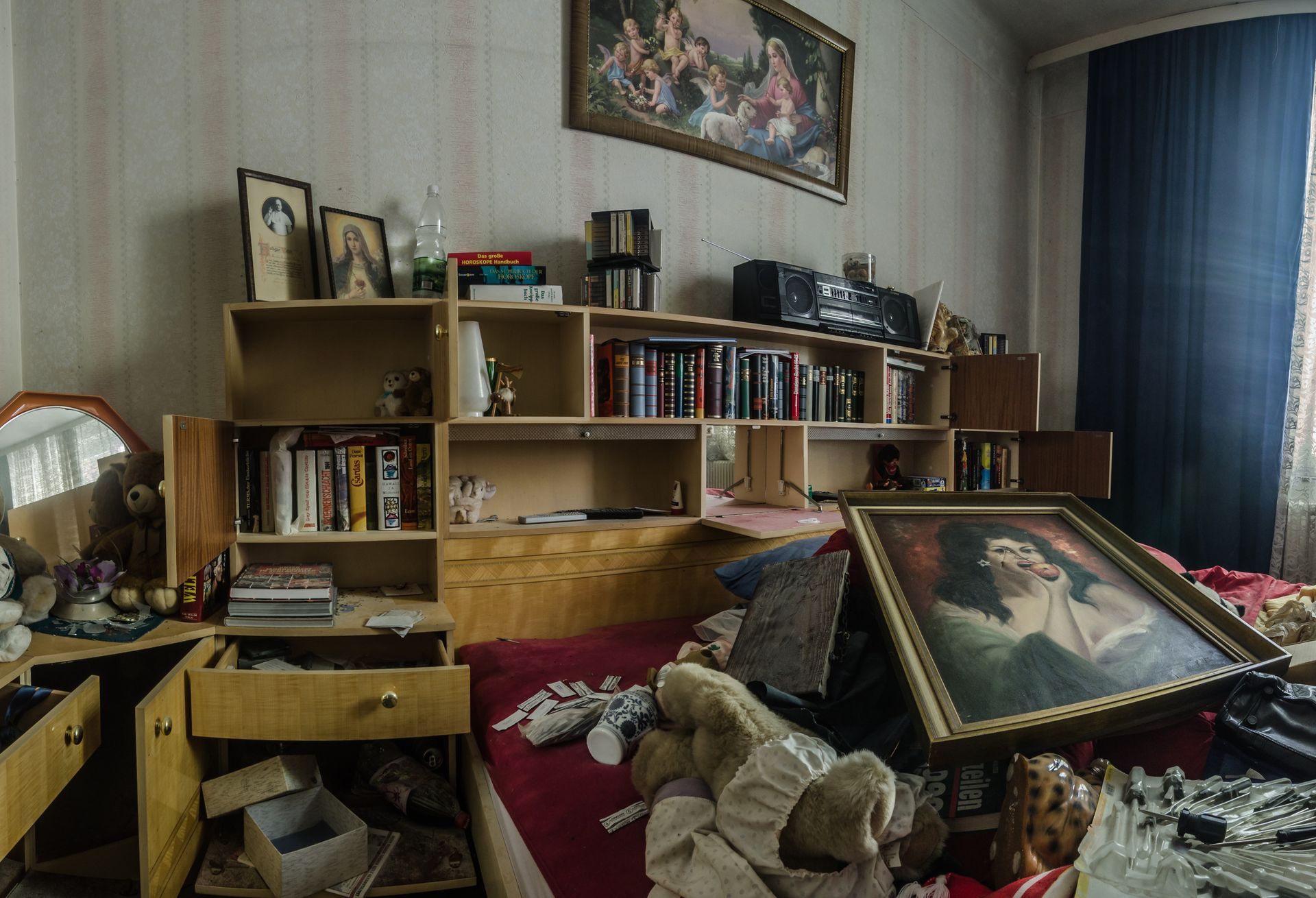Wildfire Aftermath: Why Rushing Cleanup Without Science Puts Everyone at Risk
Wildfire Aftermath: Why Rushing Cleanup Without Science Puts Everyone at Risk

The flames from the devastating Altadena and Palisades wildfires may be out, but a new danger has emerged. Across fire-damaged communities, rushed cleanup efforts are creating hidden health risks that could persist for years.
Many homeowners, insurance carriers, and unqualified companies are pushing for immediate restoration without following basic safety protocols. This rush to clean up ignores Title 8 CCR 5144—a critical worker and public safety standard designed to protect everyone from toxic exposure.
The result? Cleanup crews, homeowners, insurance adjusters, and inspectors are being exposed to dangerous contaminants. Worse yet, improperly cleaned properties often require complete re-work, adding stress and costs when families are already struggling to rebuild.
The Hidden Cost of Cutting Corners
Wildfire aftermath creates a complex contamination environment that's invisible to the naked eye. When cleanup companies skip proper testing and evaluation, they're essentially working blind. They don't know what contaminants they're dealing with, how extensive the damage is, or what safety measures are needed.
This approach puts everyone at risk:
- Cleanup crews face exposure to carcinogens, toxic metals, and hazardous chemicals without proper protection
- Homeowners unknowingly enter contaminated environments during inspections and walkthroughs
- Insurance professionals conduct assessments in potentially dangerous conditions
- Future occupants may live with lingering contamination that was never properly addressed
The financial impact is equally devastating. Cleanup work done without scientific guidance often fails to meet safety standards, requiring expensive do-overs that insurance may not fully cover.
What Lurks in Wildfire Debris
Fire doesn't just burn—it transforms materials into new toxic compounds. Modern homes contain plastics, synthetic materials, and treated products that create dangerous chemical cocktails when burned.
Common contaminants in wildfire aftermath include:
- Carcinogenic compounds from burned building materials
- Heavy metals like lead and mercury from electronics and older construction materials
- Fine particulates that penetrate deep into surfaces and air systems
- Chemical residues from household products, paints, and synthetic materials
- Asbestos fibers from older building components damaged by heat and smoke
Without proper testing, there's no way to identify which contaminants are present or how extensive the contamination is. This makes effective cleanup impossible.
Environmental 911's Science-First Approach
Environmental 911 takes a fundamentally different approach to wildfire cleanup—one rooted in testing, data, and scientific evaluation.
Before any restoration work begins, our licensed experts conduct comprehensive testing to understand each property's unique contamination profile. Every building exposed to wildfire smoke and ash carries different risks based on its construction materials, the fire's intensity, and environmental factors.
Our process includes:
- Pre-cleanup testing to identify specific contaminants and contamination levels
- Site-specific evaluation based on the property's construction history and fire exposure
- Data-driven cleanup plans tailored to address identified hazards
- Post-cleanup verification to ensure complete remediation
This approach protects everyone involved while ensuring the work meets all safety and insurance requirements.
Why Science Matters More Than Speed
The pressure to restore fire-damaged properties quickly is understandable. Families want to return home, and insurance companies want to minimize claim costs. However, rushing cleanup without scientific guidance creates more problems than it solves.
Testing and evaluation provide the foundation for safe, effective restoration. When you know exactly what contaminants are present, you can:
- Select appropriate safety equipment to protect workers and occupants
- Choose the right cleaning methods for each type of contamination
- Verify cleanup effectiveness with post-work testing
- Meet insurance and regulatory requirements with documented evidence
- Avoid costly re-work from inadequate initial cleanup
Without this scientific foundation, cleanup becomes guesswork—and the stakes are too high for guessing.
Protect Your Home and Health
Don't let the urgency of restoration compromise your family's safety. Wildfire cleanup without proper testing puts everyone at risk and often costs more in the long run. Our licensed experts use comprehensive testing and science-driven solutions to restore your property safely, thoroughly, and in compliance with all safety and insurance standards.
Before any cleanup work begins on your fire-damaged property, call
Environmental 911 at
(626) 316-6651.
Your health and your home's value are too important to leave to chance. Choose science. Choose safety. Choose Environmental 911.

